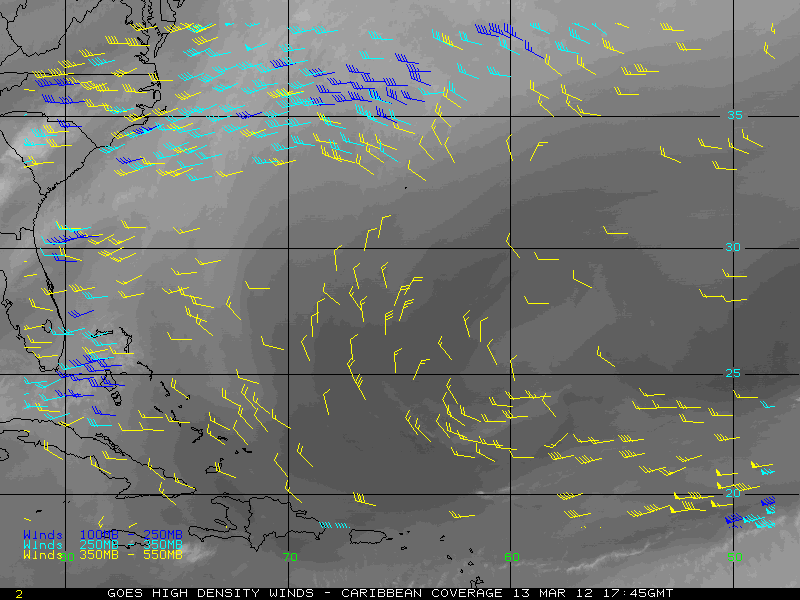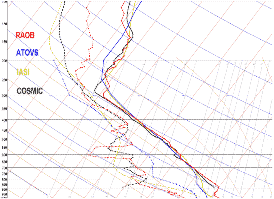
Satellite Meteorology and Climatology Division (SMCD)Operational Products Development Branch (OPDB)The Operational Products Development Branch (OPDB) conducts applied research on the use of geostationary and polar satellite data for the analysis of significant meteorological, and surface-based phenomena. OPDB also works in tandem with NESDIS operations to implement scientific techniques developed within NESDIS and elsewhere to produce quantitative, derived products, as subjective, pattern recognition techniques as well as long term science maintenance of operational products. The highest priority of OPDB's research and development activity is to help improve short range warnings and forecasts in support of NOAA's mission. As a result, its principal customer is the National Weather Service. Other important users are the U.S. Department of Defense, the Department of Agriculture, and international agencies such as the World Meteorological Organization and foreign weather services. OPDB provides support in training NWS and DoD forecasters through the development of in-residence and distance learning courses at the Cooperative Program for Meteorological Education and Training (COMET) in Boulder, Colorado. OPDB provides project management for algorithm science and related activities
that include support for both the GOES-R and JPSS satellite programs.
OPDB leads the strategic objective of the STAR enterprise approach to
enable cost effective development of interoperable multi-sensor and multiplatform
algorithms, pre and post-launch instrument calibration and validation,
long term science maintenance, user outreach and value added applications.
OPDB satellite project managers work across the STAR divisions to organize,
lead and integrate the science teams, resources and tools to collaborate
effectively to provide reliable deliveries and algorithm stewardship in
support of NOAA goals. For further information see: Projects:Products Validation:
 Winds and Convective Storms - GOES only |
|
